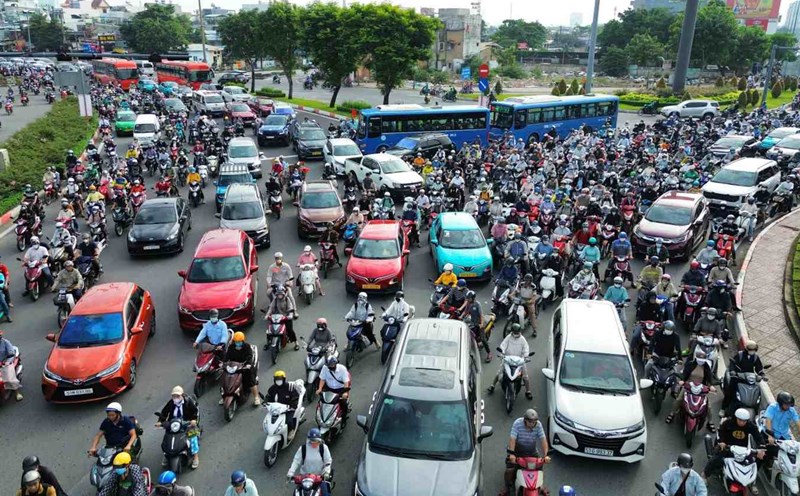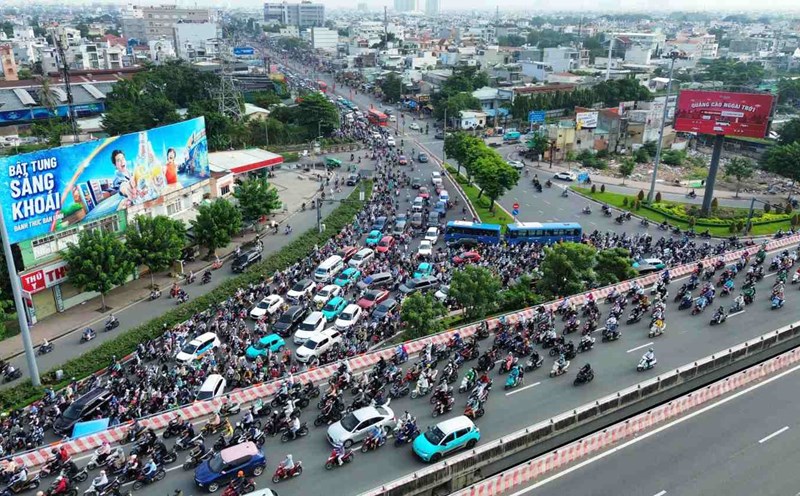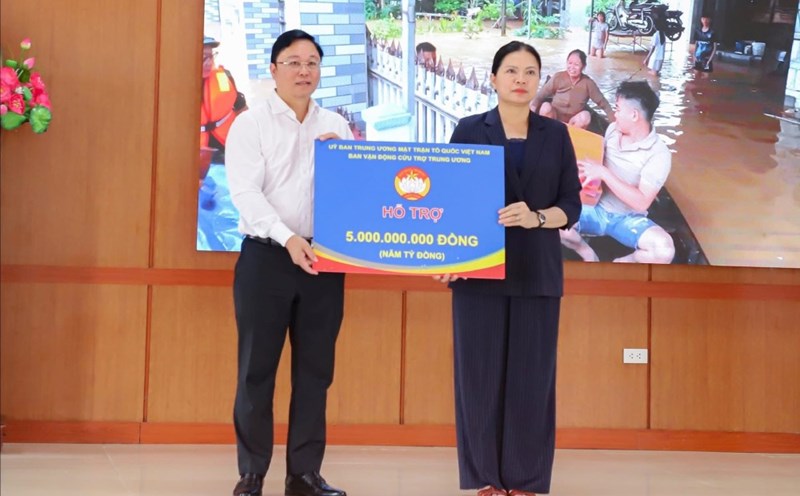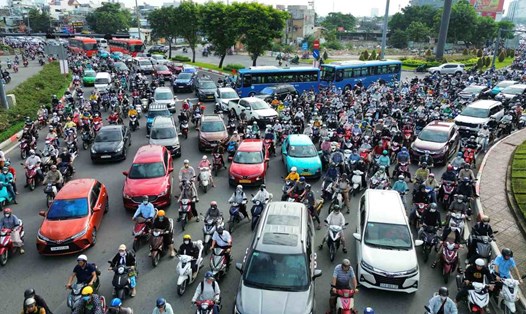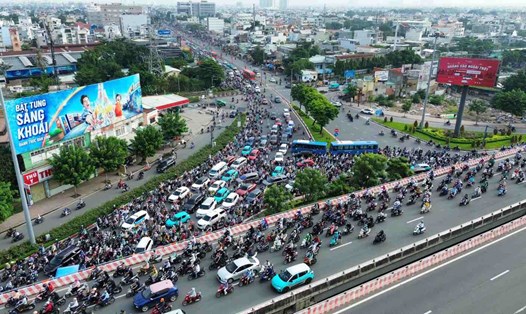336 points at risk of congestion, concentrated in the center and gateway
Solving traffic congestion is one of the four key tasks that General Secretary To Lam emphasized at the 1st Ho Chi Minh City Party Congress, term 2025-2030.
Implementing this direction, Ho Chi Minh City Police identified the key task as reducing traffic congestion, ensuring the travel needs of people and serving the socio-economic development of the City.
According to Ho Chi Minh City Police, the Traffic Police Department (PC08) is assigned to preside over and coordinate with departments, branches and local authorities to regularly review, evaluate and classify points and areas at risk of congestion to have appropriate handling plans.
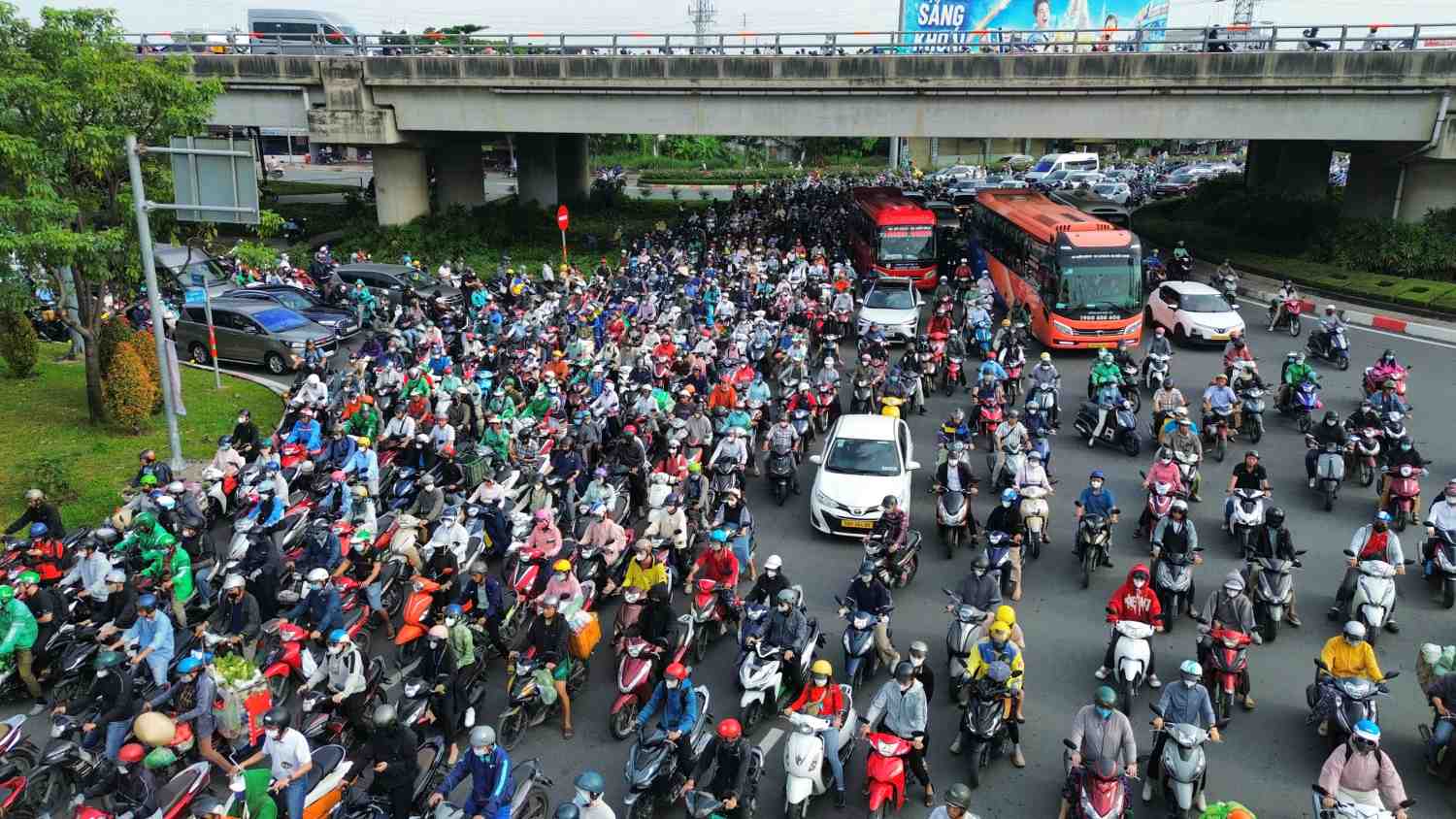
Currently, Ho Chi Minh City has 336 points at risk of congestion, of which 186 points are assessed as high-risk, mainly concentrated in the central area and gateway routes such as National Highway 13, Binh Trieu Bridge, Phu Cuong Bridge, National Highway 1, National Highway 22, An Phu intersection, Cat Lai Port, Binh Duong Port...
This list is not fixed but is updated and adjusted periodically according to actual developments. Many areas that used to be "hot spots" have now had positive changes thanks to the synchronous implementation of solutions such as remote traffic flow, traffic regulation, traffic light cycle adjustment and strict handling of violations that obstruct traffic.
Many intertwined causes, from infrastructure to people's awareness
Ho Chi Minh City Police determined that traffic congestion is a comprehensive problem, requiring close coordination between sectors, levels and self-awareness of traffic participants.
The main reason comes from the overloaded traffic infrastructure compared to the increasing number of vehicles, while public transport has not met the demand. Currently, the new city has Metro Line 1 (Ben Thanh - Suoi Tien), unable to share the pressure with the road.
In addition, the weather, traffic incidents and especially violations by vehicle operators also complicated the situation. Many cases of stopping, parking in the wrong direction, going in the wrong direction, turning around in the wrong place, jostling or encroaching on the lane caused the flow of vehicles to be interrupted, causing prolonged congestion.
Ho Chi Minh City Police emphasized that reducing congestion cannot only rely on infrastructure or functional forces, but requires the cooperation of the whole society. When each person complies with the law and gives way to each other on the road, the traffic situation will improve significantly.
Increase technology application and maintain quick response
To reduce congestion, the Traffic Police force is synchronously deploying many solutions, especially during rush hour.
Units coordinate to coordinate, remote traffic flow, and arrange forces to be on duty in key areas to promptly clear congestion.
At the same time, Ho Chi Minh City promotes the application of technology in monitoring, controlling traffic lights, handling violations through images and reviewing and adjusting traffic organization in accordance with the actual situation.
Working groups and rapid response groups are also maintained regularly to immediately handle traffic incidents, accidents, damaged vehicles, etc. to ensure safe and smooth traffic.

